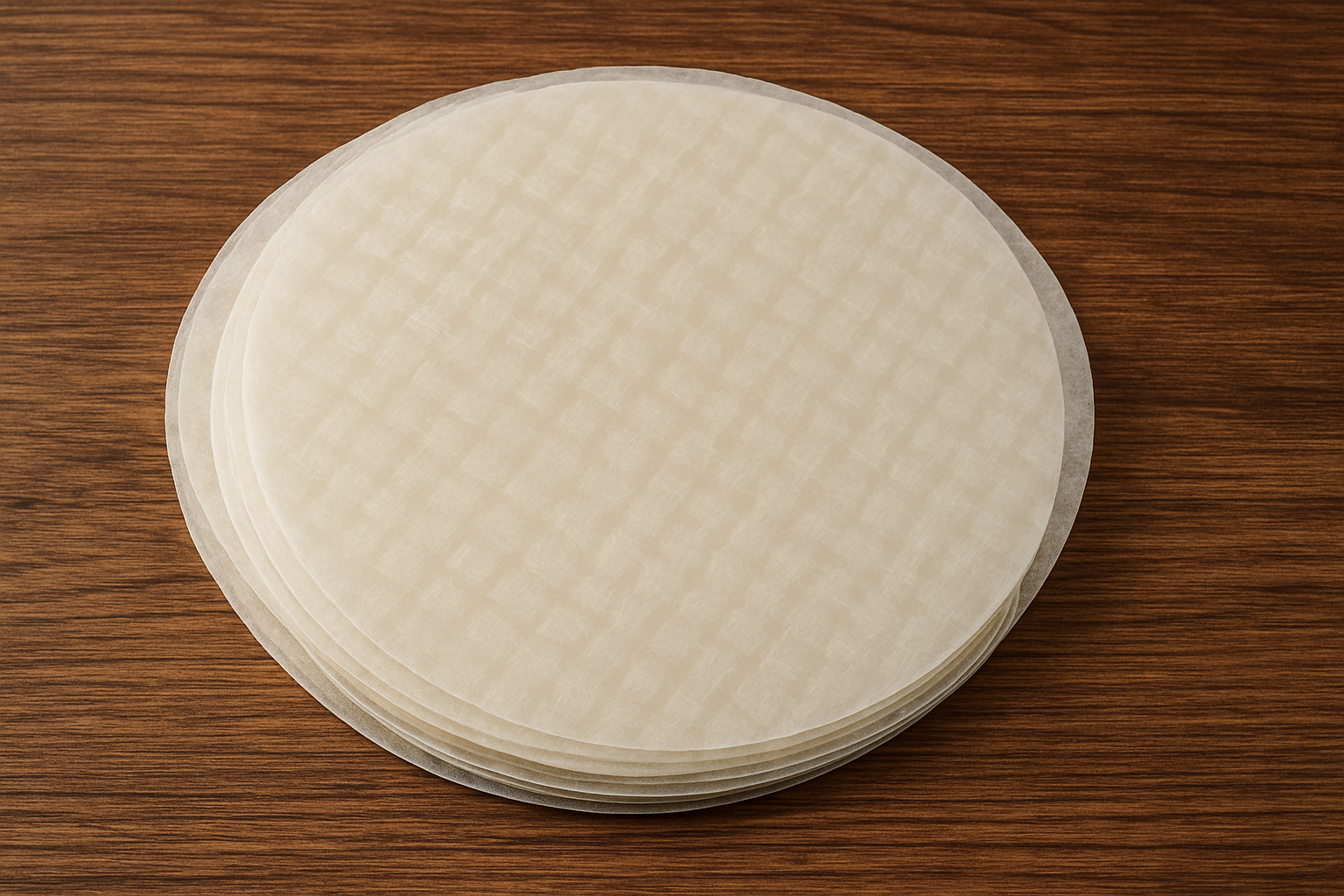1. The True Nature of Rice Paper
Rice paper is widely used to wrap vegetables for fresh spring rolls and other wrap dishes. Before being soaked in water, it is thin and light like paper, making it easy to think that it has almost no calories or carbohydrates.
2. The Hidden Carbohydrates
However, the main ingredients of rice paper are ‘rice flour’ and ‘tapioca starch.’ This means it is essentially made of 100% refined carbohydrates.
– Concentrated Carbohydrates: Rice paper is made by kneading rice or starch, spreading it thinly, and drying it. It is a highly concentrated carbohydrate with almost no moisture.
– Carbohydrate Content: A single sheet of rice paper (about 8 inches in diameter) contains about 7-10g of carbohydrates. This is similar to two sugar cubes. When eating fresh spring rolls, people often eat 5-6 wraps or more, which can lead to consuming an amount of carbohydrates close to a full bowl of rice without realizing it.
– Glycemic Response: Since the main ingredients are refined rice flour and starch, it is digested and absorbed very quickly, causing a sharp rise in blood sugar.
3. How to Enjoy it Healthily
Fresh spring rolls themselves can be a good menu choice because you can eat a lot of fresh vegetables. However, people with diabetes should be careful of the following:
– Limit the Number of Rice Papers: It is best to limit your intake to 2-3 sheets at a time.
– Watch the Sauce: The accompanying peanut or chili sauces contain a lot of sugar, so use only a small amount for dipping or opt for a low-sugar, soy-based sauce.
– Focus on Protein and Vegetables: Instead of rice paper, using fresh lettuce or perilla leaves to wrap the ingredients is also a great method.
Summary: Despite its thinness, rice paper is a highly concentrated, dehydrated carbohydrate food. Consuming several sheets can lead to a significant carbohydrate intake, so you must limit the number you eat.


Leave a Reply